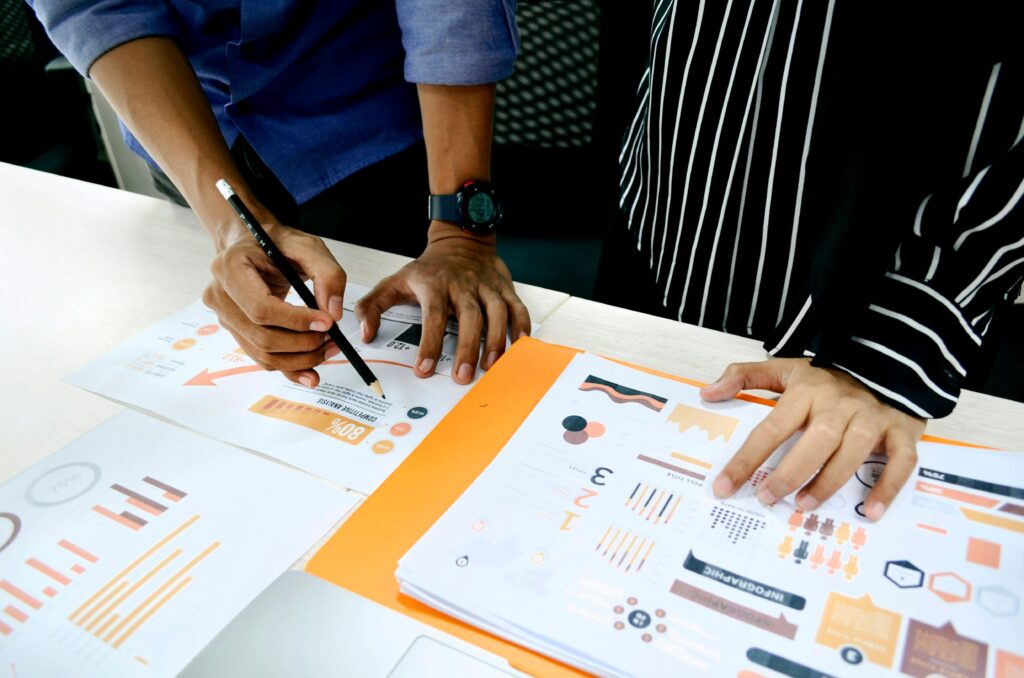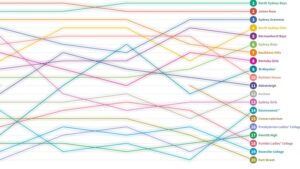
In a groundbreaking development, a new artificial intelligence-driven tool known as “virtual labs” is poised to accelerate scientific discovery. Modeled after a renowned research group at Stanford School of Medicine, these virtual labs are equipped with an AI principal investigator and a team of seasoned scientists.
“Good science happens when we have deep, interdisciplinary collaborations where people from different backgrounds work together, and often that’s one of the main bottlenecks and challenging parts of research,” said James Zou, PhD, associate professor of biomedical data science, who led a study on the virtual lab’s development. “In parallel, we’ve seen this tremendous advance in AI agents, which, in a nutshell, are AI systems based on language models that are able to take more proactive actions.”
Large language models, often perceived as simple Q&A bots, are at the core of this innovation. “But these are systems that can retrieve data, use different tools, and communicate with each other and with us through human language,” Zou explained. This collaboration showcases agentic AI, where systems work together to solve complex problems.
Revolutionizing Research with AI
The leap in AI capabilities inspired Zou to train these models to emulate top-tier scientists. They can critically analyze problems, research questions, propose solutions, and develop testable hypotheses. “There’s no shortage of challenges for the world’s scientists to solve,” Zou noted. “The virtual lab could help expedite the development of solutions for a variety of problems.”
Zou’s team has already demonstrated the AI lab’s potential by tasking it with devising a better vaccine for SARS-CoV-2, the virus responsible for COVID-19. Remarkably, the AI lab accomplished this in just a few days. A paper detailing these findings is set for publication in Nature on July 29, with Zou and John Pak, PhD, from Chan Zuckerberg Biohub, as senior authors, and Kyle Swanson, a computer science graduate student at Stanford University, as the lead author.
Inside the Virtual Lab
The virtual lab operates much like a human lab, beginning with a problem posed by the lab’s leader. The AI principal investigator (AI PI) then identifies the necessary agents and expertise to tackle the project. For the SARS-CoV-2 project, the AI PI created agents specializing in immunology, computational biology, and machine learning. Additionally, a critic agent provides constructive feedback to prevent common pitfalls.
Zou’s team equipped the virtual scientists with advanced tools, such as the protein modeling AI system AlphaFold, to enhance their creative “thinking” skills. The agents even requested specific tools, which were integrated into the model. The virtual team conducts swift operations, holding regular meetings that last mere seconds or minutes, unlike human meetings that require breaks.
“By the time I’ve had my morning coffee, they’ve already had hundreds of research discussions,” Zou remarked at the RAISE Health Symposium.
The virtual lab operates independently, with minimal human intervention. Zou estimates that he or his team intervenes only about 1% of the time, allowing the AI scientists to explore creative solutions beyond human imagination. All interactions are transcribed, enabling researchers to track progress and redirect projects as needed.
SARS-CoV-2 and Future Applications
Zou’s team tested the virtual lab by asking it to develop a new vaccine basis against recent COVID-19 variants. The AI team chose nanobodies, smaller and simpler fragments of antibodies, as a promising strategy. “Nanobodies are typically much smaller than antibodies, so that makes the machine learning scientist’s job much easier,” Zou explained.
Pak’s team validated the AI’s nanobody designs in the lab, finding them feasible and stable. The nanobodies effectively bound to a new SARS-CoV-2 variant, outperforming existing antibodies. They also showed no off-target effects, binding exclusively to the COVID-19 spike protein. “The other thing that’s promising about these nanobodies is that they bind well to both recent and original COVID strains,” Zou noted, highlighting their potential for a broadly effective vaccine.
As the team analyzes the nanobody’s vaccine potential, they feed experimental data back to the AI lab to refine molecular designs. The researchers are eager to apply the virtual lab to other scientific questions, developing agents that can reassess previously published papers.
“The datasets we collect in biology and medicine are very complex, and we’re just scratching the surface when we analyze those data,” Zou said. “Often the AI agents are able to come up with new findings beyond what the previous human researchers published on. I think that’s really exciting.”
This study received support from the Knight-Hennessy Scholarship and the Stanford Bio-X Fellowship. The work was also backed by Stanford’s Human Centered AI Institute and the Department of Biomedical Data Science.







